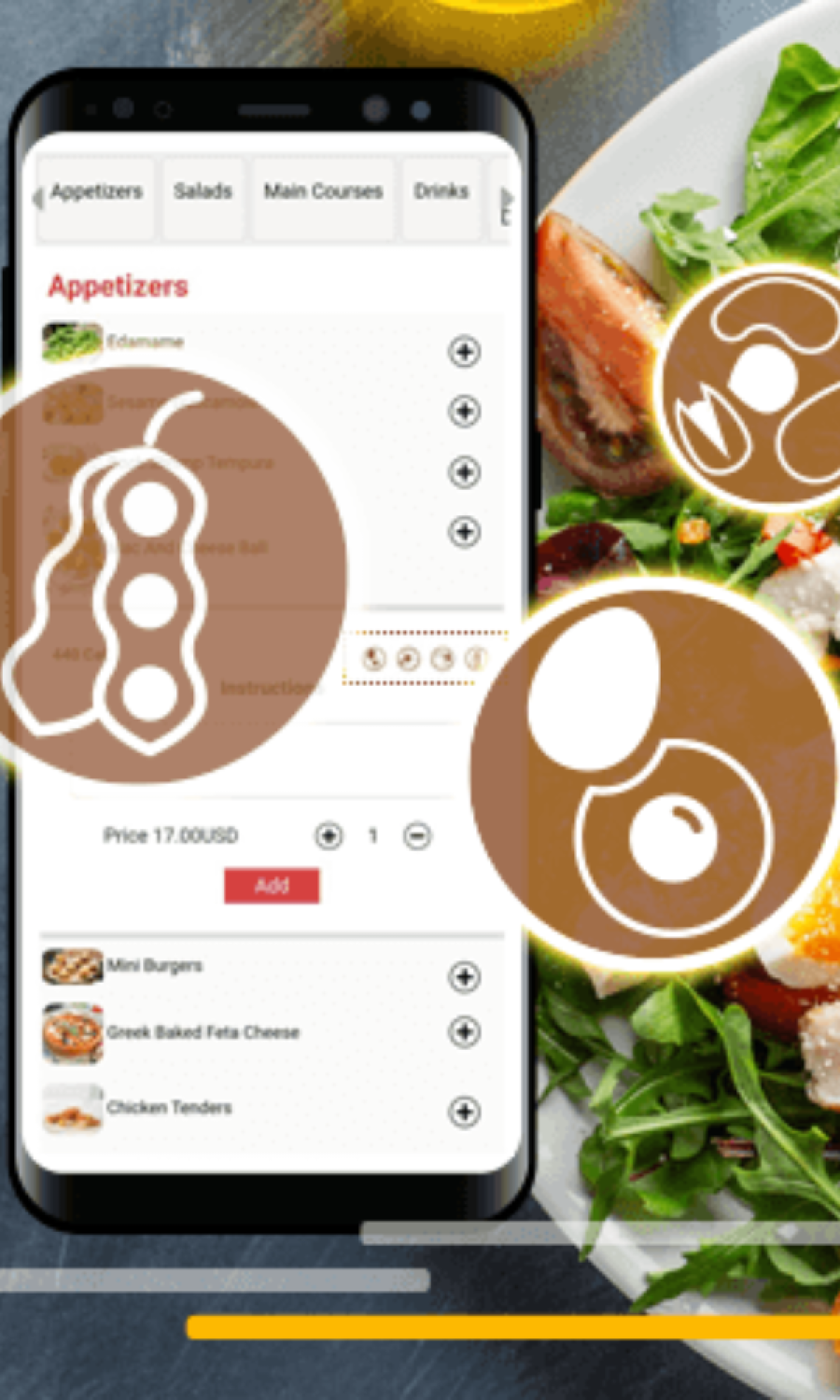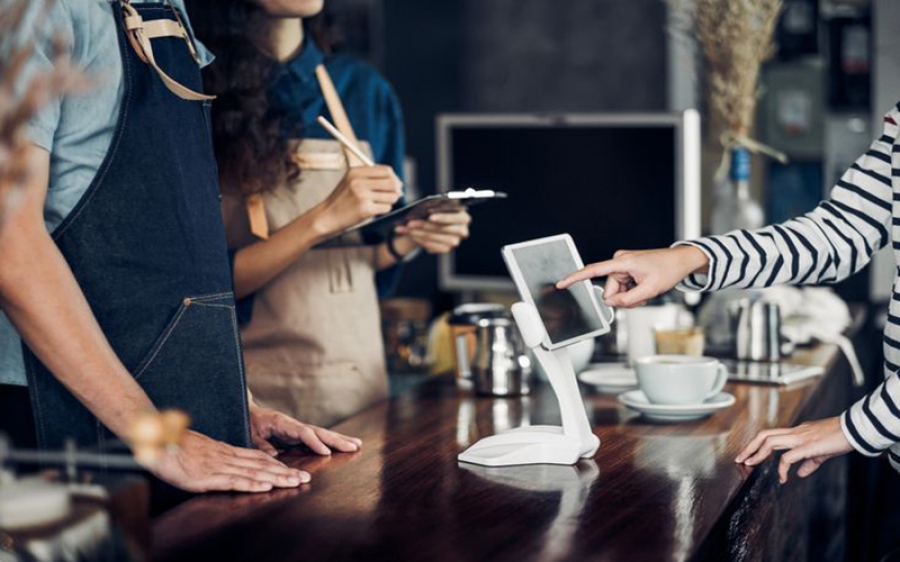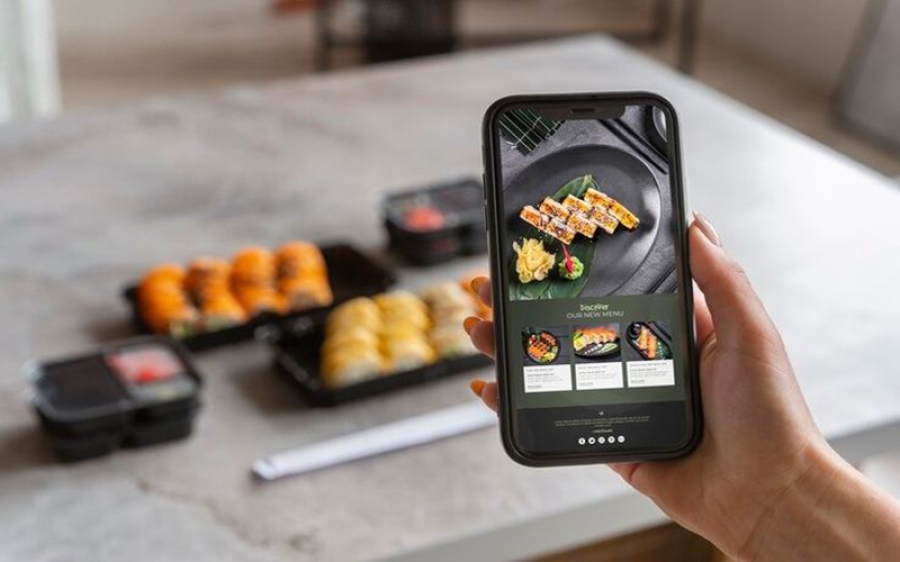Enhancing Restaurant Menus with QR Codes
In the competitive world of dining, restaurants are constantly seeking innovative ways to enhance customer experiences, streamline operations, and stand out in the market. One technology that has emerged as a transformative force in the restaurant industry is QR codes. These simple yet powerful tools are reshaping how diners interact with menus, making the dining experience more accessible, engaging, and efficient. This article delves into the multifaceted benefits of integrating QR codes into restaurant operations, exploring their impact on customer engagement, accessibility, and overall service efficiency.
Enhancing Customer Engagement Through QR Codes
Interactive Menu Experience
QR codes can transform static paper menus into dynamic, interactive digital menus. By scanning a QR code with their smartphones, diners can access detailed descriptions, images, and nutritional information about each dish. This interactive element makes the dining experience more engaging and helps customers make informed choices.
Personalized Dining Options
Restaurants can use QR codes to offer personalized dining experiences. Customers can scan a QR code to customize their orders, select dietary preferences, and explore chef’s recommendations. This personalization enhances customer satisfaction and encourages repeat visits.
Improving Operational Efficiency with QR Codes
Streamlined Ordering Process
QR codes eliminate the need for physical menus and streamline the ordering process. Customers can browse the menu, place their orders, and make payments directly from their smartphones. This reduces wait times, minimizes errors in order taking, and allows staff to focus on delivering excellent service.
Real-Time Menu Updates
Restaurants can easily update their digital menus in real-time through QR codes. This flexibility allows them to reflect daily specials, seasonal dishes, and availability of ingredients without the cost and hassle of reprinting physical menus. It ensures that customers always have access to the most current menu options.
Improving Accessibility in Dining
Reducing Physical Contact
In a post-pandemic world, minimizing physical contact is crucial. QR codes provide a contactless solution for accessing menus, reducing the risk of germ transmission and enhancing customer safety. This feature is particularly appealing to health-conscious diners.
Accommodating Diverse Needs
QR codes can be tailored to accommodate various customer needs, including language preferences and accessibility requirements. Digital menus can be easily translated into multiple languages, and features such as text-to-speech can assist visually impaired customers, ensuring an inclusive dining experience for all.
Implementing QR Codes in Restaurants
Staff Training and Customer Education
For QR codes to be effective, both staff and customers need to be educated on their use. Staff should be trained to assist customers with scanning QR codes and navigating digital menus. Clear instructions and signage can help customers understand how to use QR codes efficiently.
Developing Robust Digital Infrastructure
Adopting QR codes requires a commitment to developing a robust digital infrastructure. This includes ensuring reliable internet connectivity, optimizing the restaurant’s website and mobile app for QR code functionality, and maintaining updated digital menus.
Collaboration with Tech Providers
Collaborating with technology providers can enhance the implementation of QR codes. Restaurants can work with developers to create customized QR code solutions that integrate seamlessly with their existing systems, providing a smooth and efficient user experience.
The Future Outlook
As QR codes continue to gain traction in the restaurant industry, the future looks promising. Ongoing advancements in technology will likely lead to even more sophisticated QR code solutions that further enhance customer engagement, streamline operations, and improve service efficiency. The adoption of QR codes is not just a trend; it represents a fundamental shift towards a more efficient, secure, and customer-centric approach to dining.
Conclusion
The integration of QR codes into restaurant menus marks a significant milestone in the dining industry. By offering a more efficient, secure, and customer-friendly alternative to traditional menus, QR codes are poised to redefine the way restaurants operate. As technology continues to evolve, QR codes will undoubtedly play an increasingly important role in shaping the future of dining, providing both restaurants and customers with numerous benefits.
Supporting Diverse Learners
For students with visual impairments or other disabilities, QR codes can serve as a gateway to accessible educational content. By scanning QR codes, visually impaired students can listen to audio versions of texts, watch video explanations, and access Braille translations, making learning more inclusive.
Streamlining Administrative Processes
Efficient Record Keeping
QR codes can streamline administrative processes in schools, from attendance tracking to record keeping. Teachers can scan QR codes linked to digital databases to update grades, attendance, and other records, reducing paperwork and human error.
Simplified Communication
Schools can use QR codes to facilitate communication between parents, teachers, and students. Parents can scan QR codes to access school calendars, newsletters, and emergency alerts, ensuring timely and effective communication.
Looking Ahead: The Future of QR Codes in Education
As technology continues to advance, the role of QR codes in education is expected to expand. Future developments may include more sophisticated QR code functionalities, such as augmented reality (AR) overlays that provide contextual information about historical artifacts or scientific experiments, further enhancing the learning experience.
Conclusion
The integration of QR codes into educational processes represents a significant leap forward in educational technology. By enhancing student engagement, improving accessibility, and streamlining administrative tasks, QR codes are transforming the learning environment into a more dynamic, inclusive, and efficient space. As educators and policymakers continue to embrace these innovative tools, the potential for QR codes to revolutionize education is vast, paving the way for a more equitable and effective learning experience for all students.








